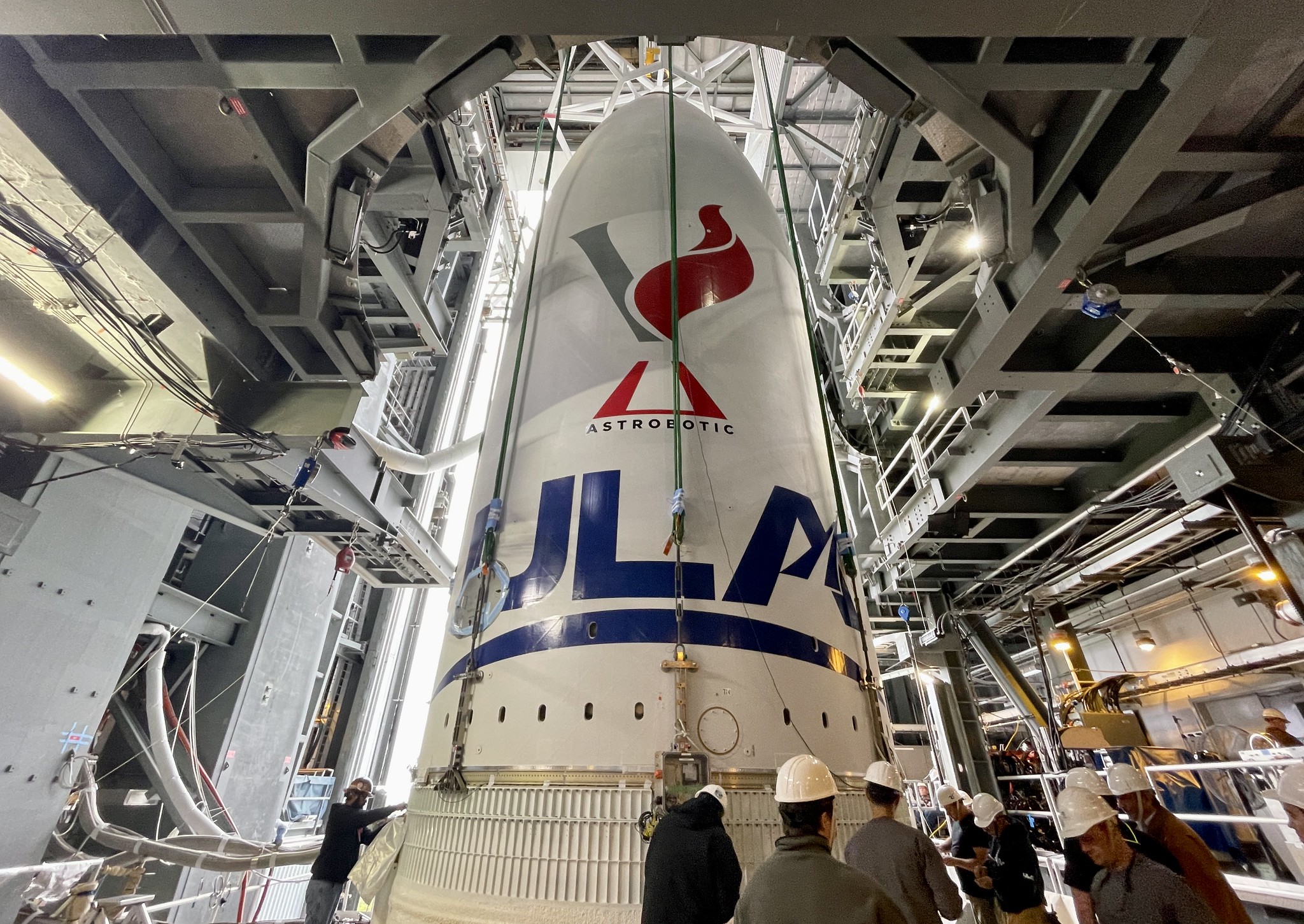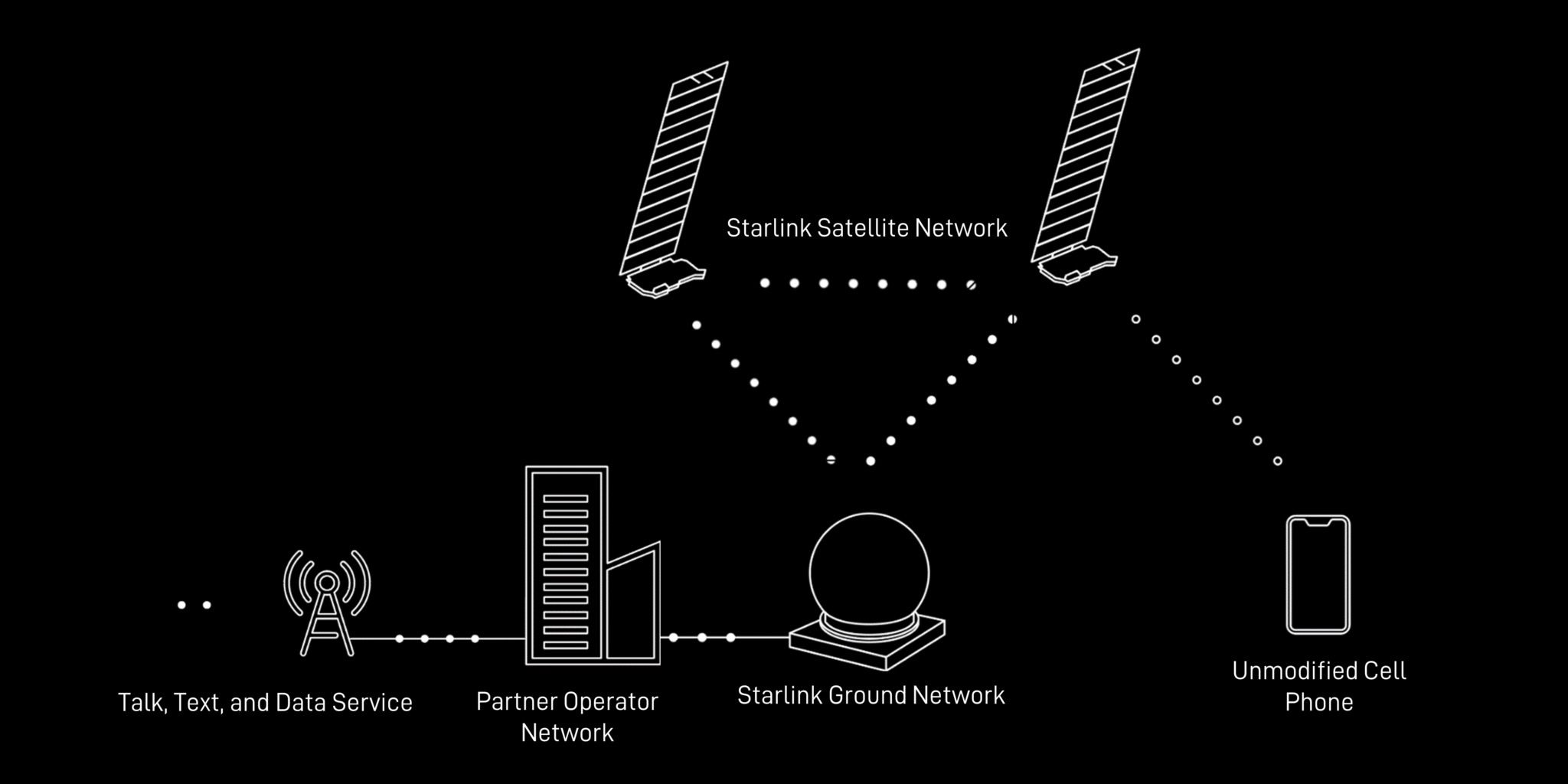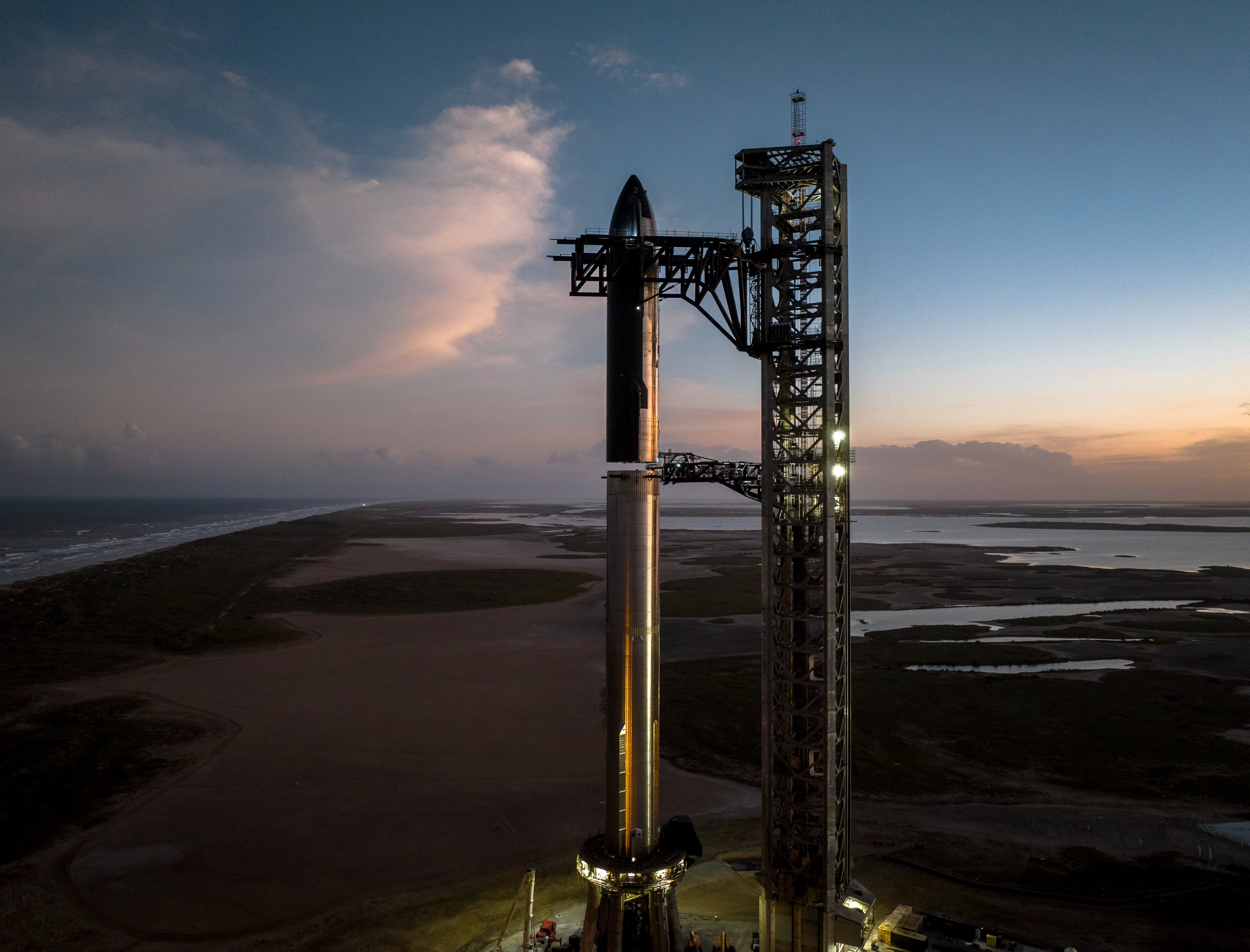United Launch Alliance and Astrobotic launches, Countdown Capital shutdown

Hello and welcome back to Max Q. By the time you read this, United Launch Alliance will have hopefully launched its Vulcan Centaur rocket for the first time, and Astrobotic’s Peregrine lander will be on its way to the moon. More on the mission below.
Other than the same-old news round up, I’ll be playing around with some recurring segments and newsletter features. (If there’s something you’d love to see, let me know.) Not only that, in the coming weeks, we’ll be retiring the “Max Q” name for something a bit more on the nose: TechCrunch Space. So stay tuned for that.
Okay, let’s get to the news.
Want to reach out with a tip? Email Aria at [email protected] or send me a message on Signal at 512-937-3988. You can also send a note to the whole TechCrunch crew at [email protected]. For more secure communications, click here to contact us, which includes SecureDrop (instructions here) and links to encrypted messaging apps.
Story of the week
All eyes are on United Launch Alliance and Pittsburgh-based startup Astrobotic this week, with the two companies gearing up for inaugural missions with huge stakes. (NB: This was written on Friday; by the time you read this, the launch will have already taken place. Godspeed!)
The launch features two firsts: the first flight of ULA’s Vulcan Centaur rocket, and the first time Astrobotic is attempting to put hardware on the moon. If Astrobotic is successful, it would be the first time a private company has put a spacecraft on the moon. The lander is slated to touch down on the lunar surface in late February.

Scoop of the week
What is a scoop, pray tell? A scoop refers to an exclusive piece of news that’s broken by a single journalist or organization.
Countdown Capital, an early-stage venture capital firm focused on hard tech industrial startups, will shut down by the end of March and return uninvested capital, firm founder and solo general partner Jai Malik said in an annual letter.
In the letter, which was viewed by TechCrunch, Malik says he concluded the firm would be unlikely to realize excess returns consistently based on capital limitations and swelling competition from large incumbents.
The three-year-old firm’s sudden closure suggests that there are stronger headwinds for early-stage hard tech funds than the overtly optimistic narratives about “building for America” might suggest.
Launch highlights
In addition to the ULA/Astrobotic launch mentioned above, this past week also saw the launch of the first six Starlink satellites equipped for direct-to-cell connectivity. It’s a big milestone for the company: The satellites will act as “cell phone towers in space,” according to Starlink’s website, and it represents the start of a major expansion to Starlink’s satellite internet offerings.
SpaceX plans on commencing testing this year; the company told regulators that the tests would eventually involve 840 satellites transmitting 4G connectivity to around 2,000 unmodified smartphones. Assuming all the tests go according to plan, the company said that texting will become available this year, with voice and data services starting in 2025 (though it’s important to note that SpaceX will need regulatory approval before commencing commercial service).

What we’re reading
Ars Technica’s Stephen Clark dives into the kind of production cadence SpaceX’s Starship program might need to hit to make a Mars settlement a reality:
Gwynne Shotwell, SpaceX’s second in command, said last year that engineers have “designed Starship to be as much like aircraft operations as we possibly can get it … We want to talk about dozens of launches a day, if not hundreds of launches a day.”
SpaceX needs to launch Starship this often to loft millions of tons of equipment into space for a Mars settlement. And many of these launches will be the Starship refueling tankers needed to make the interplanetary trip possible.
This all may seem rather illusory to discuss before SpaceX has put Starship into orbit. But the company is clearly on a trajectory to do so, then we’ll be talking about when SpaceX might demonstrate in-space refueling, a prerequisite for any Starship journey beyond low-Earth orbit. Then, when will SpaceX successfully recover Super Heavy and Starship and re-fly them? Then, when will Starship land NASA astronauts on the Moon? When will Starship be able to actually launch and land on Earth with people? What about the multi-month trip to Mars?
